Our article by John Shingleton on Adobe’s new Enhance feature in Lightroom generated a good discussion on enhancement software in general, including Topaz Gigapixel AI, and the systems which are built into the latest smartphones. Using smartphone cameras, users are often amazed at the detail and ‘pop’ achievable with little effort. I am amazed. Of course, it is easy to be impressed when viewing such a picture on a phone or, even, a tablet. But the limitations of the small sensor do become apparent on large screens or in oversized prints.
John’s article focused on the potential benefits of the digital enhancement of high-resolution shots from, for example, the 47MP Leica Q2. The 28mm fixed lens of the Q2 is an extremely capable optic that produces sharp images that are full of life. But it is a wide-angle lens, and cropping will ultimately play second fiddle to a good-quality long lens mounted on a high-resolution camera.
Leica wants us to crop, though, and even builds in three crop modes to emulate 35mm, 50mm and 75mm angles of view. As discussed before, even the 75mm cropped image from the Q2 is very usable, although the resulting image is down to 6.6 MP. Somehow, it works.
Encouraged by John’s experience, I decided to try the Lightroom Enhance feature on a couple of Q2 scenes, one a landscape (or, rather, riverscape in this instance) and one a street shot in central London. The results were impressive, although mixed.
The river scene
The image below is taken from the west bank of the River Thames as it flows north to south in West London: A perfectly ordinary landscape taken with a wide-angle lens. This is the full frame of 46.7MP. Note the arrow leading to the boxed images of two buildings that are the object of this little experiment.
Below is a simple crop from the larger image, showing the row of houses. The size is down to 0.1MP and it shows it. This is an extreme example and is virtually unusable unless you’d caught Harry & Meghan paddling on the slipway. Then you’d probably be able to flog to a few picture agencies.
But dial in Adobe’s new Enhance feature below, and this tiny crop from a 28mm lens becomes almost viable. It’s certainly a lot better than the untreated version, despite the still tiny pixel count of 0.5MP. Harry & Meghan would be enhanced along with the crop.
It’s still a last-ditch rendering, here entirely for experimental purposes. You will never turn such a massive cropped image into a competitor for real telephoto shots such as the ones below. They are taken from the same spot with the Leica S2 and the Sigma 100-400mm zoom. The first image below is taken at 400mm and slightly cropped to compare directly with the Q2 frame.
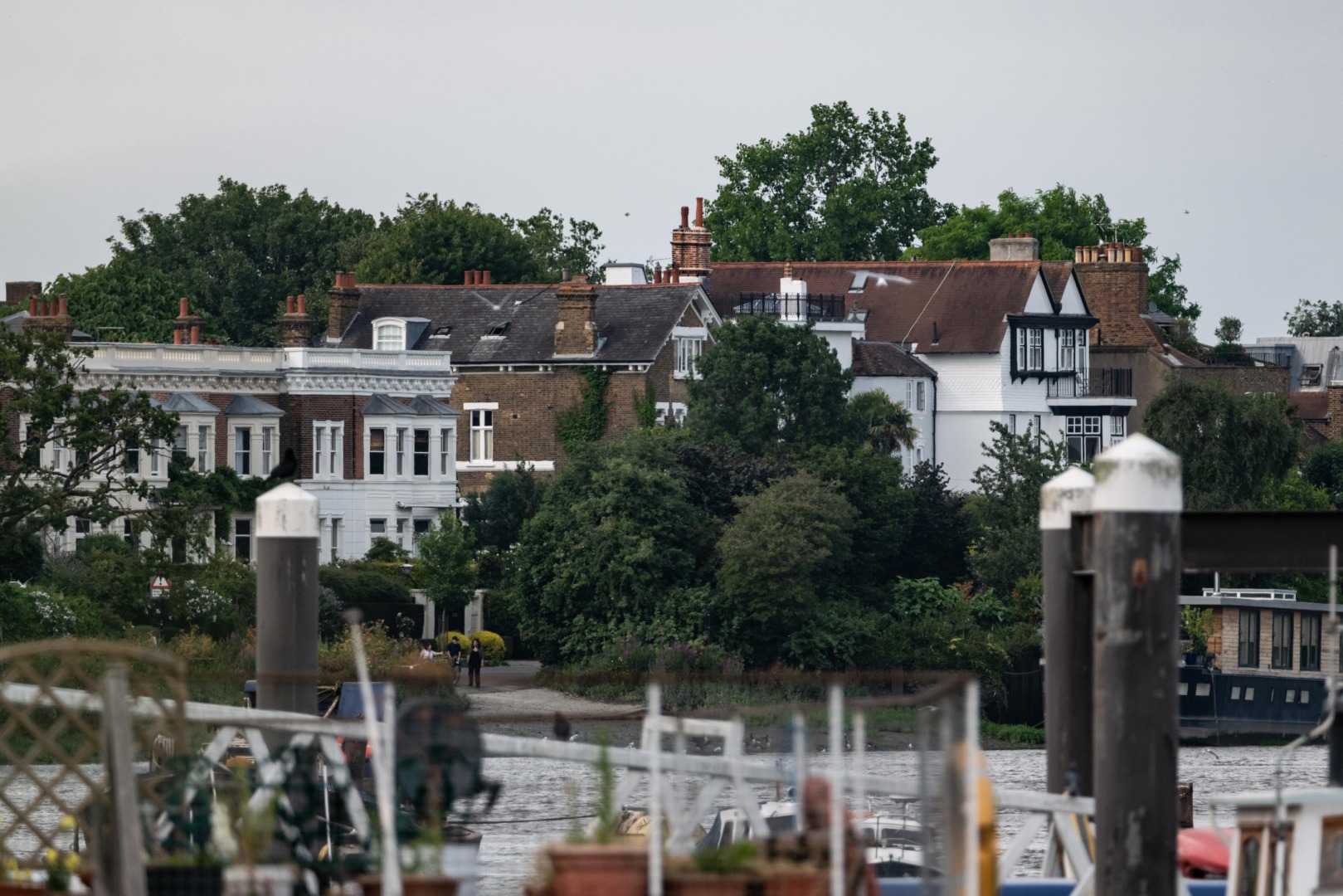
The image below is the same S2/400mm crop after enhancement in Lightroom. I see relatively little improvement.
When we delve a little deeper, however, a tiny crop image of the people standing by the slipway is disappointing. It’s certainly not as impressive as the tiny crop from the Q2.
I asked our friend and contributor David Babsky if he could improve on this using software other than Lightroom Enhance. He could. Using Topaz Sharpen AI, Viveza 2, and Topaz Focus AI, he managed a much more presentable crop taken from the original unenhanced image. Thanks, David… Check them side by side below.
Doctoring the image
Now for something a little more common or garden. Here’s a London scene from a corner of Harley Street, home to all the poshest doctors and consultants. The focus is on the street sign. I took this using the 75mm crop feature on the Q2. First, let’s view the full-frame image, all 46.7 MP of it. Just to set the scene…
Below is the 75mm crop, as I saw and composed through the viewfinder. It’s still a presentable image at 6.6 MP. But what if we do a bit of savage cropping to take a look at the definition of the street sign?
As expected, the result is pretty disappointing. The entire frame is, after all, a minute 0.1MP.
Here though, Adobe’s Enhance does make a significant improvement. The enhanced image, below, is 0.5 MP and is pretty impressive considering the distance from the camera and the wide-angle lens used. The improvement in this tiny frame is an indication of the overall improvement to the full-size image and the implications when producing large prints.
Incidentally, all these shots, including those with the S2 and Sigma zoom, were taken hand-held.
Conclusion
In the above examples, crops have been used to help demonstrate the results of the digital enhancement. The primary objective of the Enhance option, however, is to increase the resolution of pictures you are intending to enlarge, perhaps for use on the proverbial bus. Good luck with that.
There are no doubt even more capable digital enhancement applications out there. Still, Adobe’s Enhance does what it says on the tin without the need to stray outside the familiar environment. It’s free to Lightroom subscribers, and it is straightforward to use. Right-click on the image and choose ‘Enhance’ from the menu. It couldn’t be simpler and, I am sure, Enhance will find its use.
We explored the subject in the earlier article, but what do you think of the Adobe Enhance feature in the light of the above examples. Is it something you envisage using; or is it just a gimmick?
Make a donation to help with our running costs
Did you know that Macfilos is run by five photography enthusiasts based in the UK, USA and Europe? We cover all the substantial costs of running the site, and we do not carry advertising because it spoils readers’ enjoyment. Every amount, however small, will be appreciated, and we will write to acknowledge your generosity.

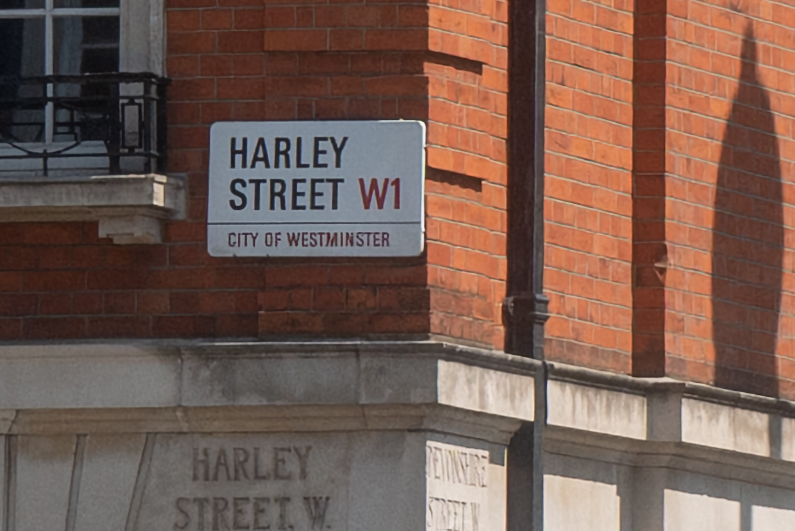
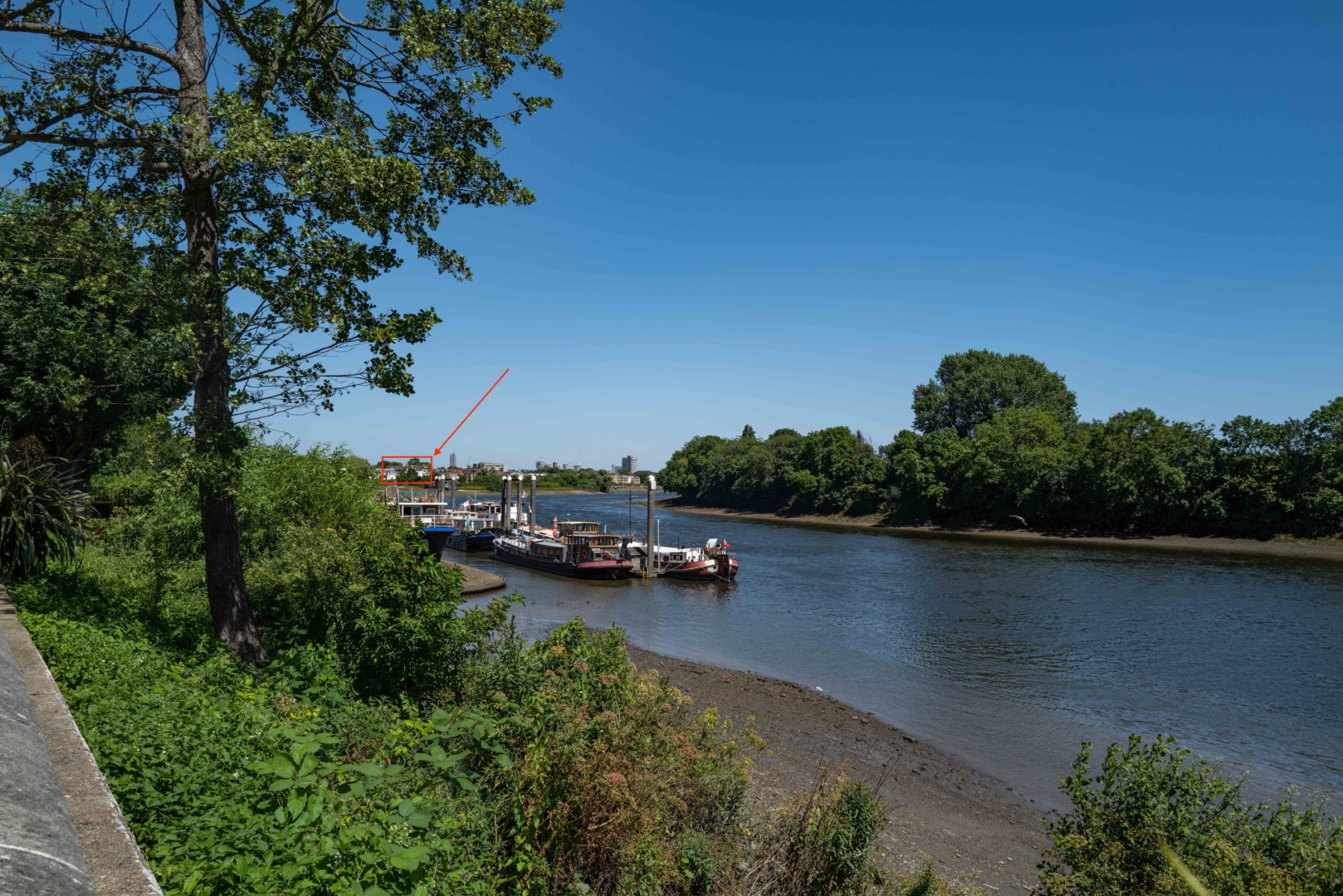
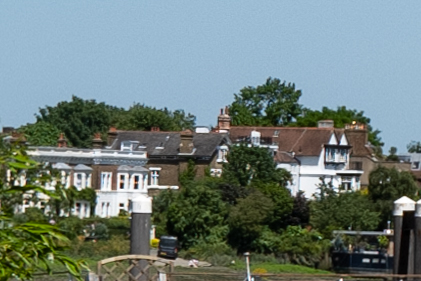
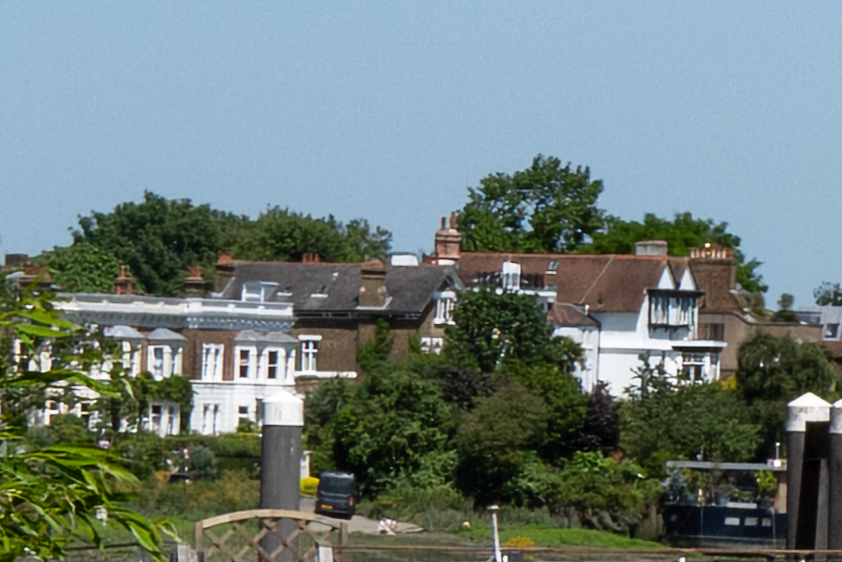
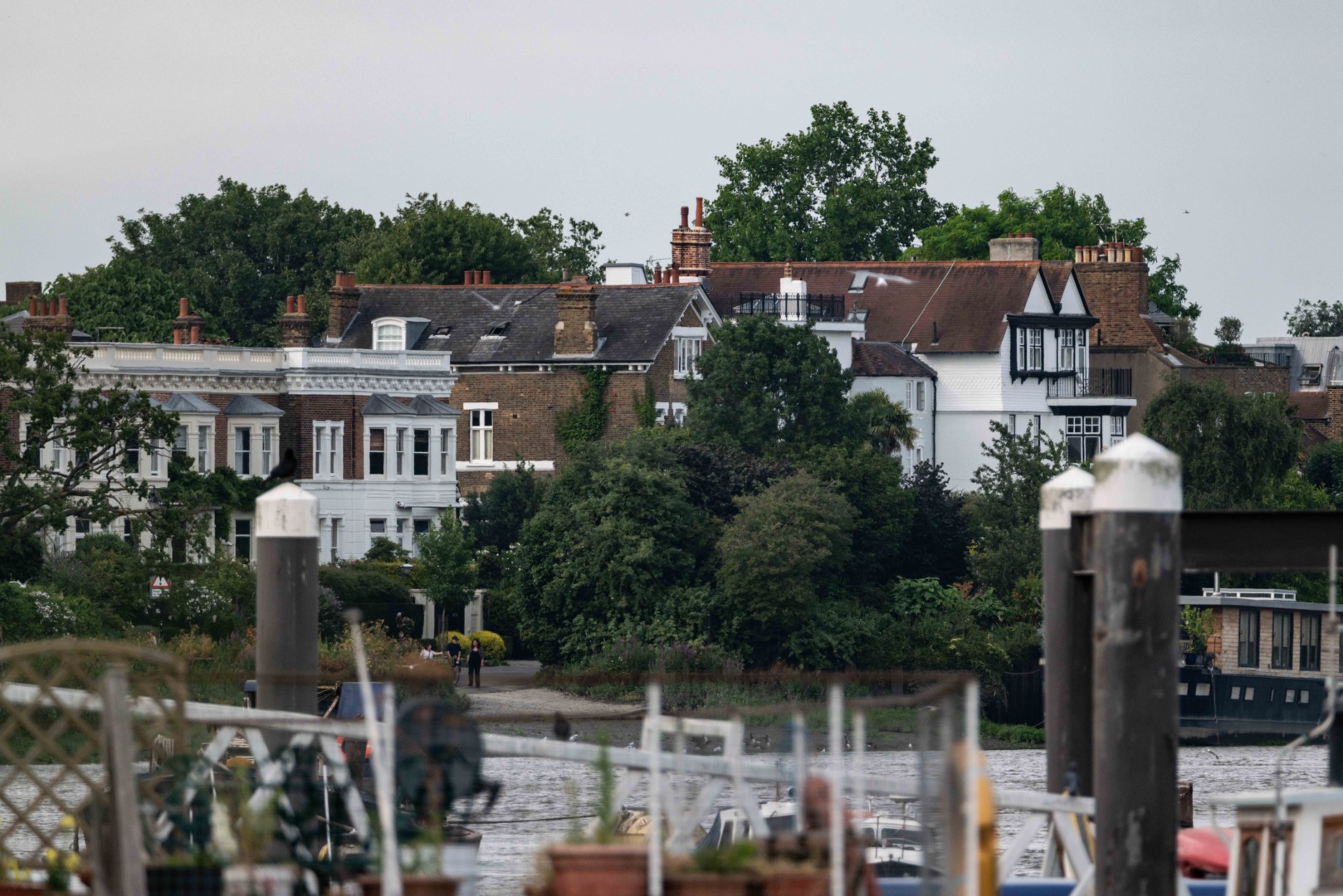
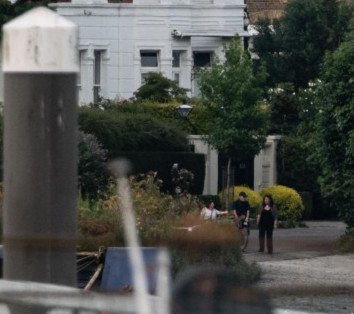
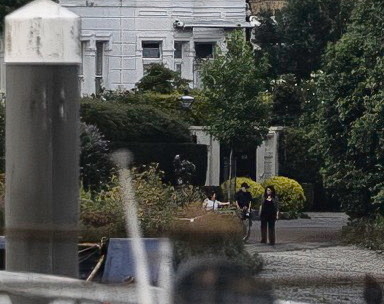
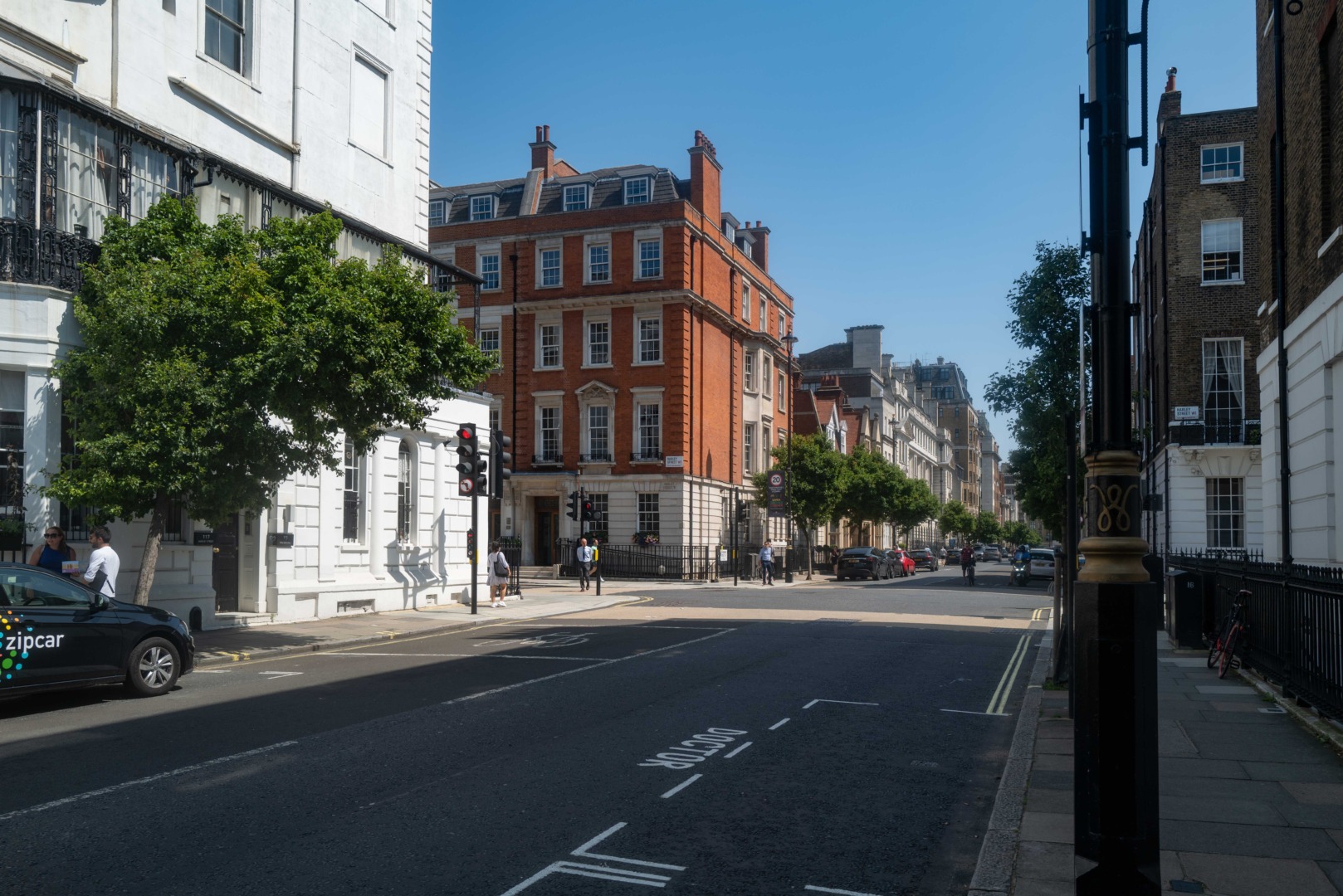
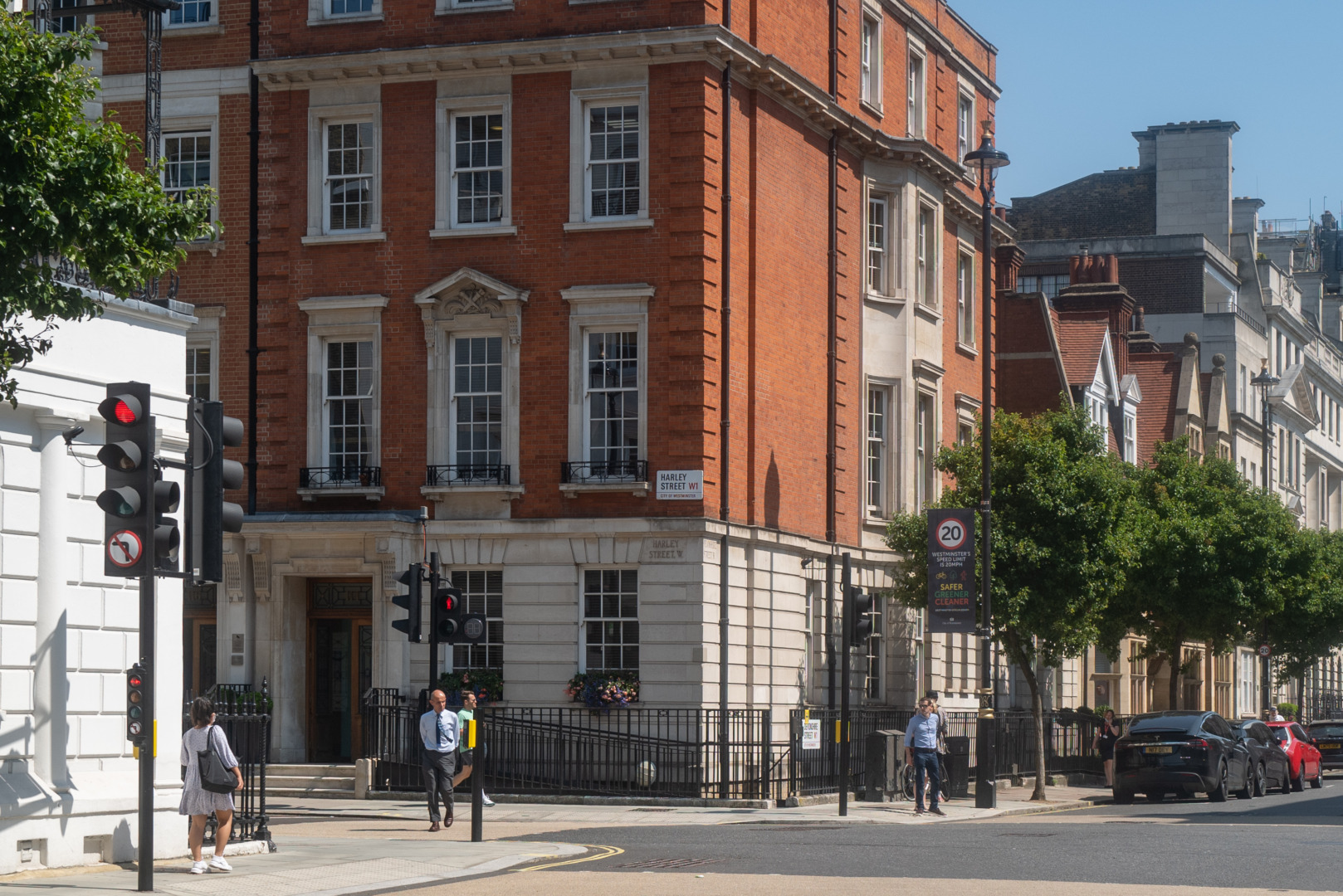
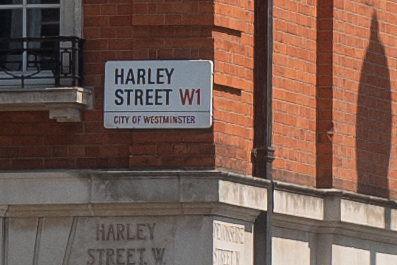
Or get back your CL with an APO-Vario-Elmar-TL 55-135 f/3.5-4.5 ASPH
Talk about squeezing the pips Mike ! Yet, for instagram and Whats App, that crucial shift from a fragment at 0.1 to (perhaps) five times resolution at 0.5 MP might make all the difference to a post or not if anyone can find the time to work on such small files. Its micro-management in the truest sense.
.
Well, Harley Street’s improved, but I don’t see ANY difference between the “slightly cropped” 400mm picture and the one beneath it; the so-called “enhanced” version. Harry & Meghan look no different in the 2nd version from the 1st!
If I were at home, and could be bothered, I’d take your 1st ‘cropped’ 400mm Harry & Meghan, and I’d see what I can do with Topaz AI ..perhaps I will tomorrow if I’ve time ..though I’d be starting with your version posted here, which will have been fiddled-around-with by WordPress (is it?) to get it onto this page.
Let’s see how much spare time I have tomorrow ..
Cheers, Mike!
I agree on the enhanced version of the 400mm shot. I couldn’t see any difference either, and I’m not sure why that should be. I did mean to remove that second shot since it’s rather irrelevant. However, there is a distinct improvement in the first river crop and a definite improvement in Harley Street.